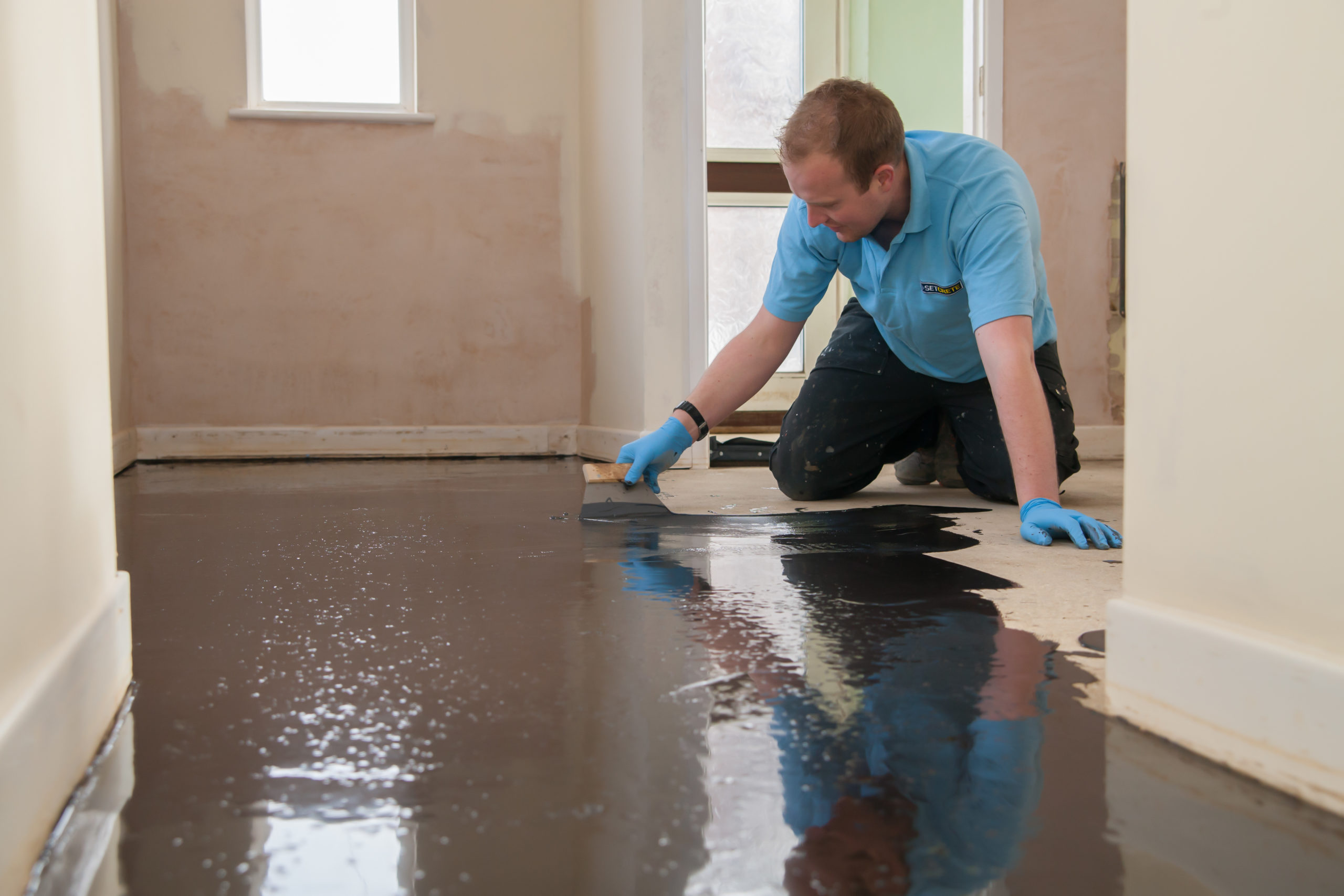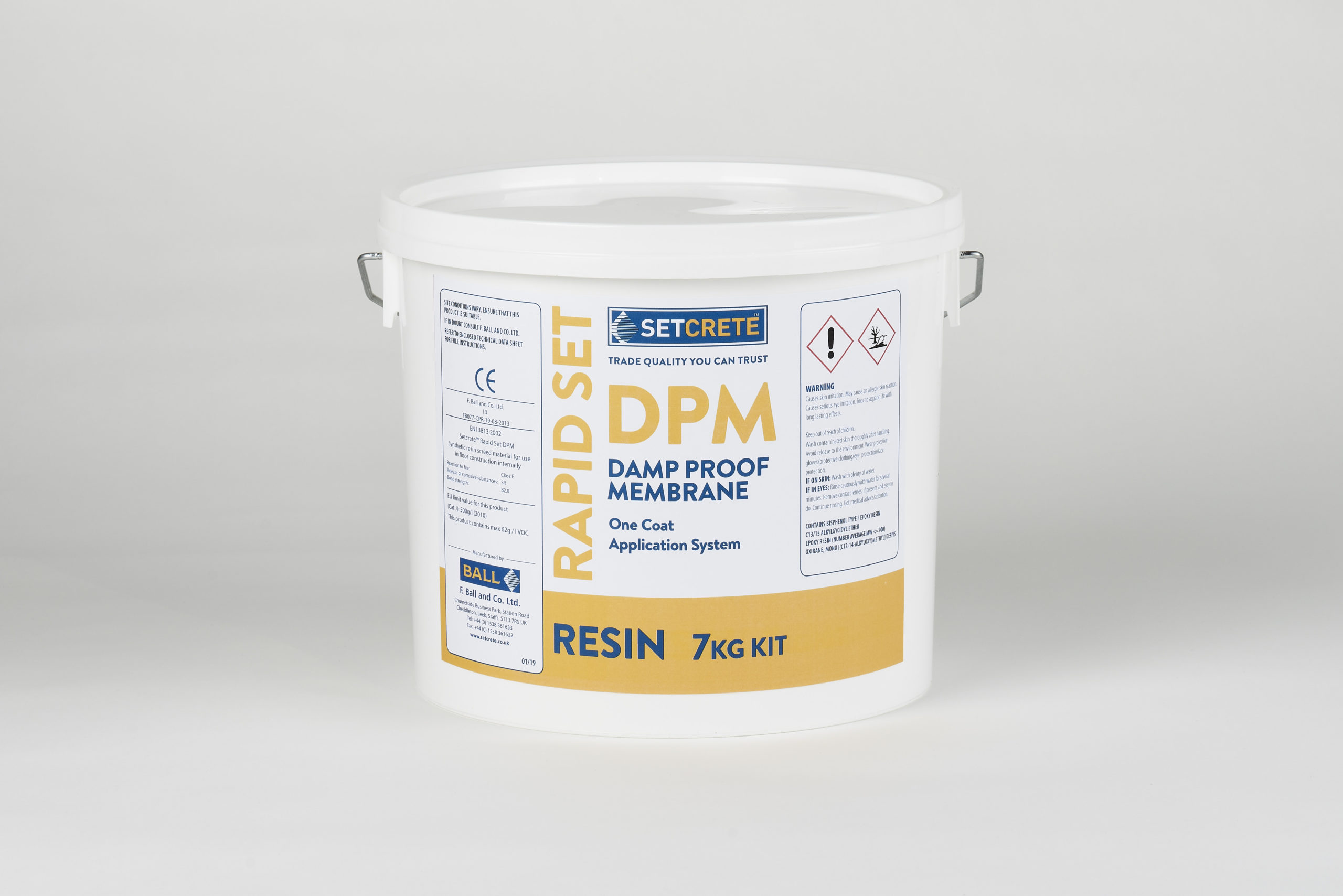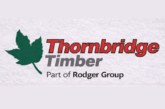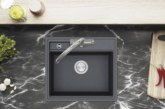
Peter Wilson, Brand Manager of Setcrete, explains the reasons for excess subfloor moisture, how it damages flooring installations and the simple, protective measures that should be taken to avoid the problem. It also provides the opportunity to benefit from add-on sales that your customers will thank you for.
Applying a levelling compound over a subfloor prior to the installation of a floor covering is established as standard practice to optimise the aesthetic appearance of the finished floor. What isn’t as well understood is the need to check for (and treat) excess subfloor moisture before the preparation process even starts.
Indeed, untreated excess subfloor moisture is the leading cause of failures in new flooring installations bar none. It is a hidden menace that is too often ignored — even amongst professional contract flooring installers — but can cost hundreds or thousands of pounds in remedial work and the cost of replacement flooring.
It is a particular threat to floorcoverings that are adhered to the subfloor, such as vinyl tiles and sheet, wood floors and also carpet.
Moisture threat
The cause of excess moisture may be rising damp or water ingress, especially in older homes where a damp proof course may not be present or may have been breached. In new build property it is likely to be residual construction moisture in the screed (a sand/cement subfloor dries at an approximate rate of 1mm per day).
In both scenarios, moisture in a screed will rise to the surface and then become trapped under the floorcovering. With nowhere to go, it will attack adhesive used to adhere the floorcovering, resulting in, for example, vinyl floors blistering or tiles lifting. It can also lead to bacterial growth, presenting a health hazard for occupants.
It is easy to dismiss the threat of excess subfloor moisture, because very often there are no obvious signs that it is there. There may be no musty smell that you might expect accompanies the presence of damp and when you touch the floor it can feel dry.
Check and treat
The only sure way to tell if moisture is present or not is to use a moisture meter or digital hygrometer. A hand-held moisture meter, used at various points around a room, will indicate if moisture is present or not. But to get an accurate reading of moisture levels, a digital hygrometer should be used, again, at various points around the room.
Measured in terms of relative humidity (RH), the moisture content of a subfloor must be below 75% RH (this is reduced to below 65% if wood flooring is being installed).

If excess moisture is detected, the application of a single-coat, epoxy resin damp proof membrane (DPM) will provide protection up to 98% RH for a sand/cement screed (this is reduced to 90% if underfloor heating system is contained within the screed). Rapid set DPMs will cure in about three hours so for the extra cost of applying a DPM over the subfloor before applying a levelling compound and then the floor covering, it’s just not worth taking a risk for the builder.
However, if they’re not aware of the potential hazard, merchants can play the role of educator and suggest the addition of a bottle or two of DPM in their purchase to safeguard the integrity of the flooring installation and, also, their reputation.
Calcium sulphate screeds
If the subfloor is a calcium sulphate screed, such as anhydrite, the application of a DPM needs more consideration, especially if the screed encapsulates an underfloor heating system. Without underfloor heating being present, a DPM can be applied over calcium sulphate screeds showing moisture levels up to 85% RH.
A DPM must not be applied over a calcium sulphate screed that contains underfloor heating. The screed must be left to dry out naturally. However, the underfloor heating can be gently employed to help dry out the screed in accordance with the screed manufacturer’s guidance.
Generally, when working over a calcium sulphate screed, if excess moisture is present, it is worth advising builders to check with the technical departments of the manufacturers of the screed and/or the DPM to ascertain the best way of dealing with it.
Once the moisture level has been checked and, if required, a DPM has been applied, the installation of the levelling compound and floor covering can proceed, not forgetting to first apply a primer to promote the adhesion of the levelling compound to the subfloor or DPM and also to prevent the unacceptably rapid drying of the levelling compound when applied over absorbent subfloors.
The result is a perfect flooring installation that will retain its aesthetic appearance throughout its lifetime and, importantly, won’t be a ticking timebomb that can result is an expensive call back to sort out remedial work and possibly an entire replacement of the flooring.
Click or tap the following link for more information on Setcrete’s range of products and support services for merchants, enter the shortcode: setcrete.co.uk
Tippers Builders Merchants has hailed the product training and in-branch support provided by Setcrete in helping the merchant achieve record levelling compound sales across its 12 branches located in the Midlands.
The business recorded a 51% increase in sales of Setcrete products from 2021 to 2022, which has further increased over the past 12 months. Tippers director Peter Sampson said: “Since we first stocked the Setcrete range in 2020 the service and support we have received has been excellent. As well as the provision of point-of-sale displays, signage and easy-to-use product guides, we get regular visits to each of our branches for product updates and training.
“Setcrete also hosts branch demonstration days for us, which are really effective in attracting new customers, helped by special promotions on products purchased during the events.”

Setcrete has provided bespoke training for staff at Tippers.Peter added: “Most recently, Setcrete put on a dedicated training day for some of our staff at its Centre of Excellence training facility in Staffordshire. As well as the product knowledge they picked up, having hands on experience of mixing and applying the products is a massive confidence booster for our branch staff.
“When you can actually tell your customers that you’ve used the products yourself, it’s a really persuasive endorsement that gives those customers confidence in making a purchase if they’ve not used the product before.”










